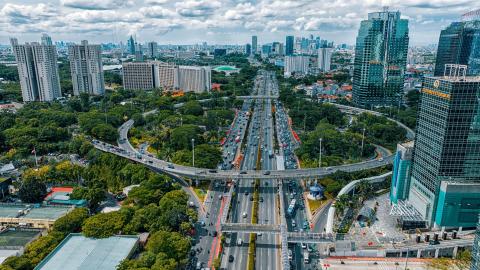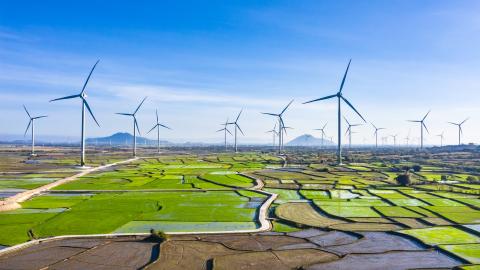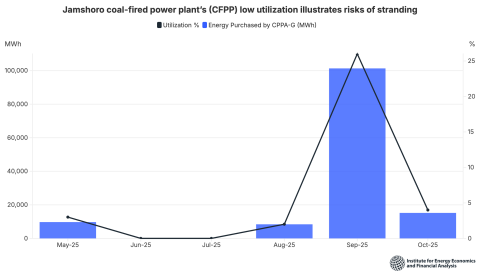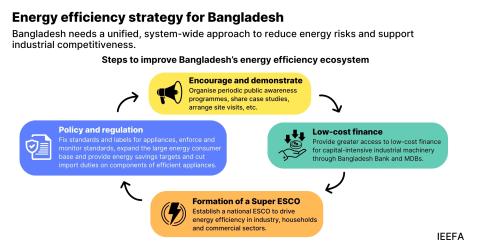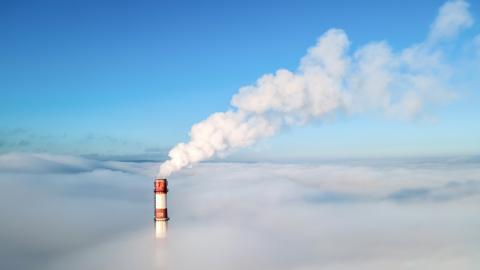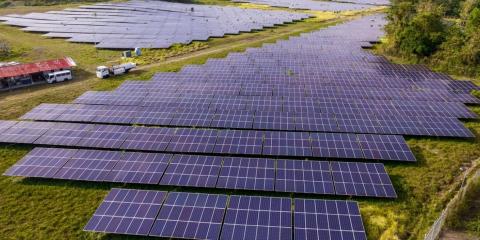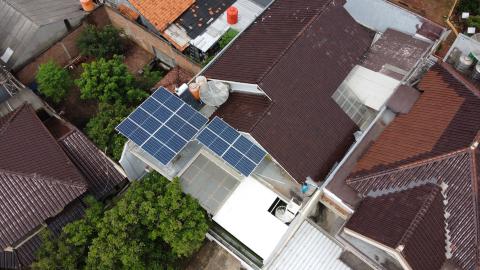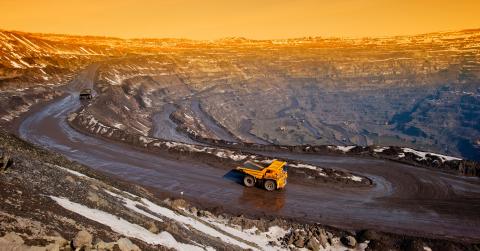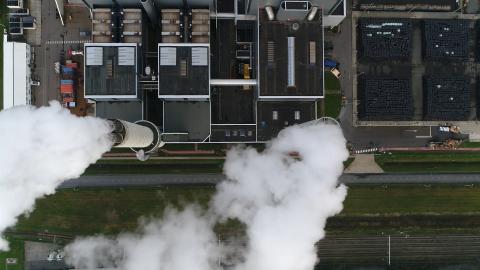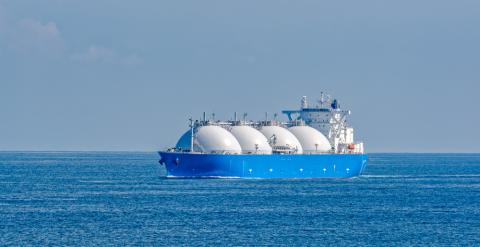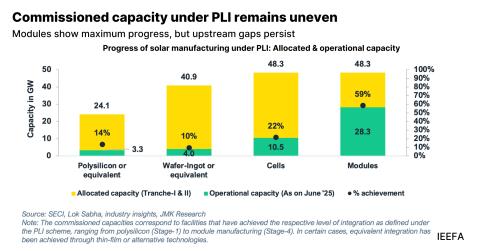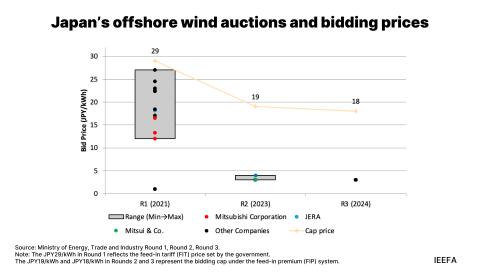Iberian blackout highlights need for European grid investment
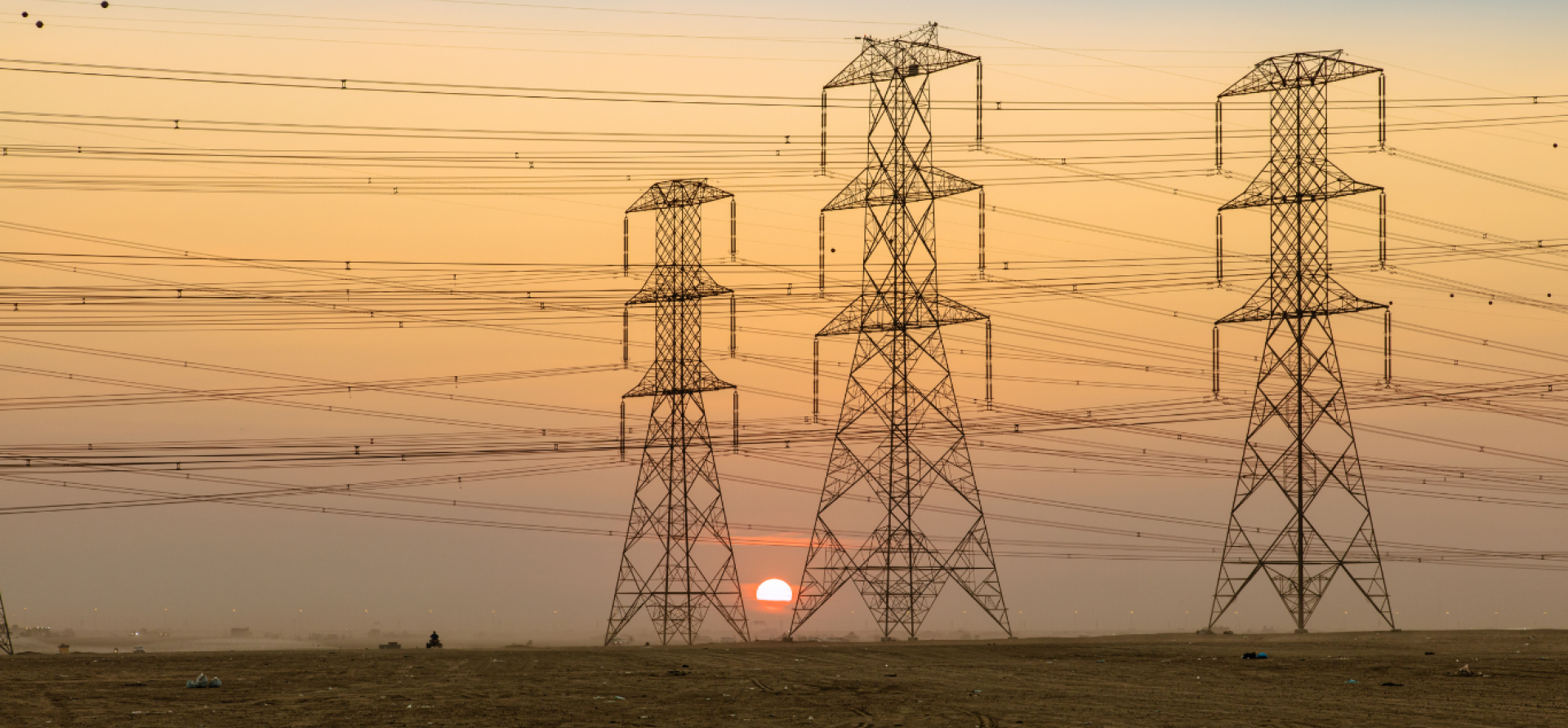
Key Findings
Balancing electricity supply and load has become more of a challenge for grid operators amid the rise in distributed energy resources.
Events like the recent blackout in Spain and Portugal could become more frequent if European transmission system operators fail to adequately invest in grids.
Demand-side management, balancing reserves and dispatchable renewable energy sources can help stabilise grids.
Europe’s electricity grid plays a much more varied and crucial role than it used to. While its historical function was to transfer generation to consumers, it has taken on many more responsibilities in the last two decades.
For example, interconnection capacities and volumes have increased, requiring strong cooperation between transmission system operators (TSOs) to balance the grid at the European level.
In addition, consumers no longer just withdraw electricity from the grid but also play a producer role (as prosumers) through the following distributed energy resources.
- Distributed generation: power-generating technologies in distribution grids, including dispatchable resources, such as cogeneration units and biogas plants, and variable renewable energy sources, like wind and solar.
- Energy storage: including batteries, flywheels (kinetic energy storage devices), pumped storage and hydrogen.
- Demand response: changes in consumers’ normal electricity consumption patterns in response to market signals, such as time-variable prices or incentive payments.
All these changes have made the grid operator role much more complex. With more distributed energy resources, balancing supply and load is a constant challenge.
Some technologies (energy storage) and mechanisms (ancillary services, such as frequency reserve, to ensure the system frequency does not deviate from 50 hertz) help to stabilise grids.
However, due to increasing system complexity, some failures will be unavoidable. Events like the blackout in Spain and Portugal on 28 April 2025 are rare but could become more frequent if European TSOs fail to invest in addressing grids’ weaknesses (for example, a lack of grid capacity, energy storage and frequency reserve).
Lessons from the Iberian blackout
While the causes of the blackout have not been identified, it is clear that:
- Generation technologies – whether thermal, renewables or nuclear – do not bear the responsibility of the event. The power system is dynamic, with constant variations in the technology generation mix. The TSO’s responsibility is to ensure that production meets the load, dispatching the generation technologies in merit order. Demand-side management (such as shifting or cutting load), balancing reserves and dispatchable renewable energy sources (like hydropower and geothermal) are tools to help balance the system.
- The Spanish grid was not able to balance generation and load.
The grid frequency deviated from 50 hertz, which should have triggered the start of frequency control reserves and frequency restoration reserves. These mechanisms were not activated quickly enough.
Initial lessons that can be learnt from the event include: Grids need strengthening and smartening, frequency reserves must be dimensioned appropriately, and energy storage capacities (batteries, pumped storage, hydrogen) need to be expanded.
Regardless of the outcome of the investigation into the blackout, these investments will reduce the threat of similar events as the energy transition accelerates and the role of grids continues to evolve.


